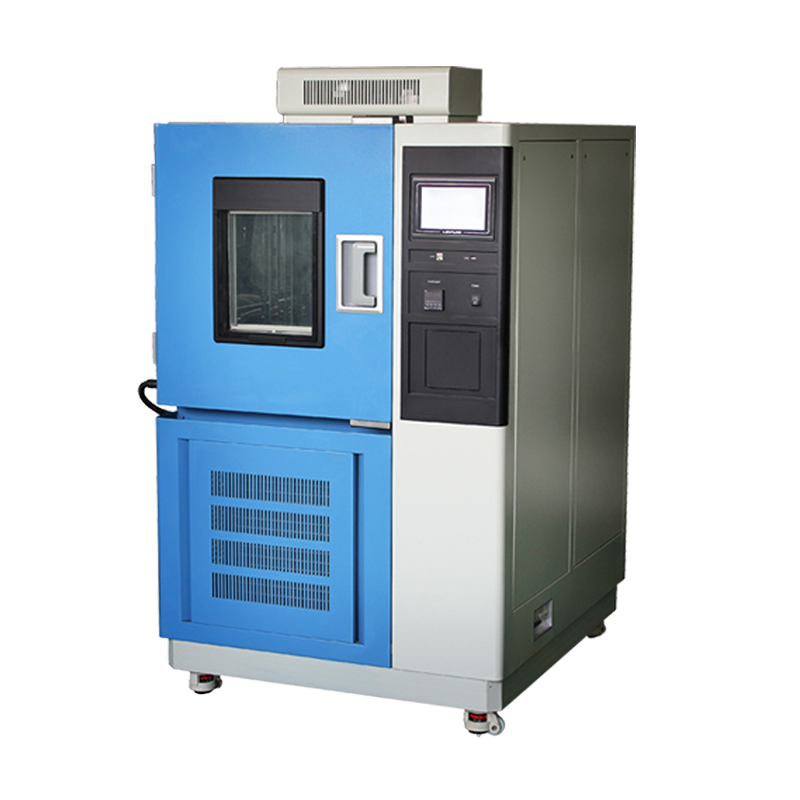With the advancement of technology, testing has become increasingly widespread, and people are paying more attention to constant temperature and humidity test chambers. After spending thousands of dollars on such equipment, of course, we want it to be durable, wear-resistant, and long-lasting. But what should we be cautious about when using a constant temperature and humidity test chamber? Today, let’s explore this together.

"Danger Zones" in Operating a Constant Temperature & Humidity Test Chamber – Avoid These Pitfalls
Everyone should know that the chamber door must not be opened during operation unless absolutely necessary. Opening the door carelessly may cause the test chamber to malfunction, rendering it unusable for further testing. Additionally, if the test chamber still contains high-temperature air, the sudden rush of extreme heat or cold could lead to burns and even trigger a fire alarm.
When using a constant temperature and humidity test chamber, always ensure proper grounding to prevent static electricity buildup. Safety devices such as circuit breakers and overheat protectors, which safeguard users, must be inspected regularly. Moreover, the wet-bulb gauze must be correctly positioned to ensure accurate relative humidity readings.
That’s all for now—hopefully, you’ve gained a better understanding of constant temperature and humidity test chambers. When purchasing such equipment, always carefully read the manufacturer’s manual to ensure proper operation. Only by properly maintaining and caring for the equipment can it provide you with reliable service for years to come.












